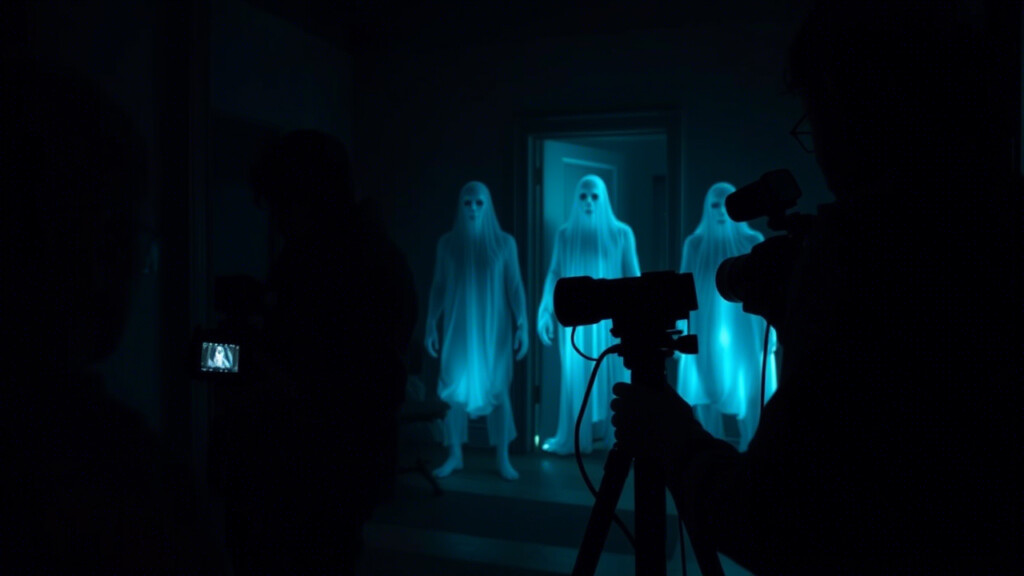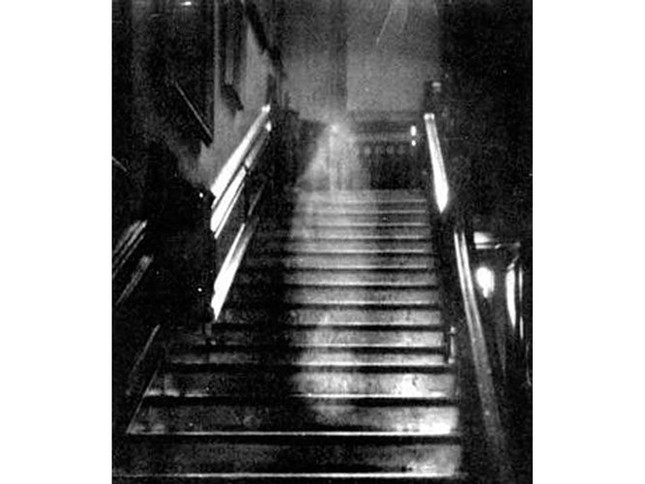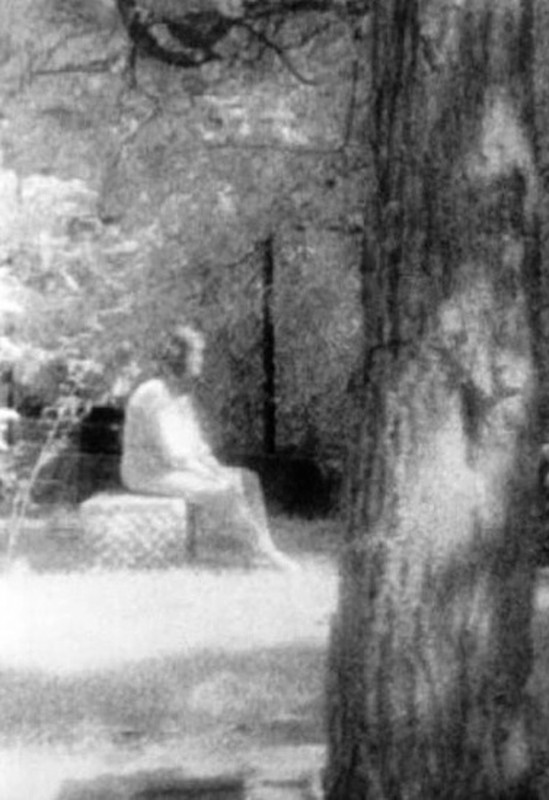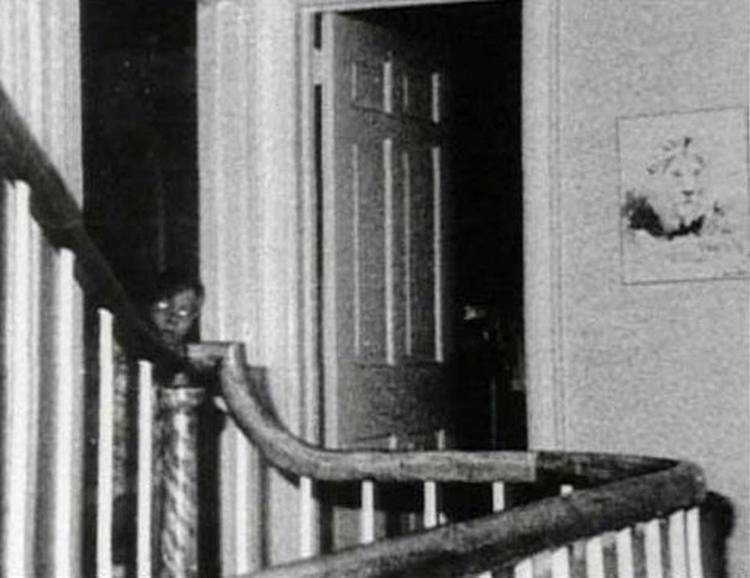Have you ever stared at an old photo and felt an eerie chill run down your spine? A blurry shadow resembling a figure, a pair of eyes lurking in the darkness, or worse—a strange face staring directly at you from some hidden corner. Is this just a photographic glitch? Or has technology accidentally pulled back the veil on a world beyond human sight?

The truth is, ghost photography has been around since the 19th century. From Victorian-era spirit photographs to modern infrared cameras hunting invisible entities, the question remains: Can cameras really capture the presence of spirits?
Spirits on Film: Hoax or Science?
Since the invention of photography, people have attempted to use it to record things beyond the physical realm. In the 19th century, William Mumler gained fame for his “spirit photographs,” where ghostly apparitions appeared faintly beside living subjects. Though later exposed as a fraud, Mumler’s work sparked an entire industry of paranormal photography.
But what about today? With advanced technology at our fingertips, can modern cameras still capture mysterious “white figures” and “shadowy presences”?
Some of the most commonly used devices in paranormal photography include:
- Infrared cameras: Capture images in complete darkness, recording movements unseen by the naked eye.
- Thermal cameras: If an invisible entity emits heat, it may appear as strange light patterns.
- Full-spectrum cameras: Detect light wavelengths beyond human vision, potentially capturing unseen phenomena.
These devices have produced countless controversial images. While skeptics argue these are mere interference, optical illusions, or technical glitches, some photographs remain unexplained.
The Most Famous Ghost Photos That Baffle Science
The Newby Church Ghost (UK, 1963)
A ghostly figure in black robes, over two meters tall, appeared in a church photograph with a blurred, almost burned face. Analysis confirmed no evidence of tampering.

The Ghost Girl on the Grave (Japan, 1940s)
A man photographed himself beside his sister’s grave. When developed, a mysterious hand appeared on his shoulder—belonging to no one present at the time.

The Amityville Ghost (USA, 1976)
In a house infamous for its tragic history, an automatic camera captured the image of a young boy with glowing white eyes. No children were in the house at the time.

These photos remain unresolved. While some scientists suggest optical illusions, others in the paranormal community believe they are undeniable proof of the supernatural.
Do Cameras See Ghosts, or Does Our Brain Trick Us?
According to Professor Joel Voss (Northwestern University, USA), our brain naturally fills in gaps in ambiguous images. This phenomenon, called pareidolia, causes us to see faces or familiar shapes in random patterns. This is one of the most common explanations for ghostly images.
Other factors, such as low lighting, camera noise, reflections, and even expectation bias, can also create illusions. So the real question is: Do cameras capture ghosts, or do they simply reflect what we want to believe?
The Reality Check: What Has Modern Technology “Seen”?
Paranormal investigators worldwide use cutting-edge technology to uncover the truth:
- Kinect Sensor: Some investigators have recorded human-like shapes appearing on screens—despite no visible person in the room.
- EMF Detectors: These measure electromagnetic field fluctuations, which paranormal believers claim indicate ghostly presence.
- AI Image Analysis: Some face recognition algorithms have detected human-like figures in eerie photographs.
Despite all these technological advancements, no scientific study has proven that cameras can see spirits. However, this hasn’t stopped people from capturing unexplainable images.
Truth or Illusion? The Decision Is Yours.
Ghost photography could be nothing more than a psychological trick—or it could be a gateway to another realm. If one day, you take a picture in a dark room and spot a strange face staring back at you…
Will you delete the photo? Or zoom in for a closer look?
